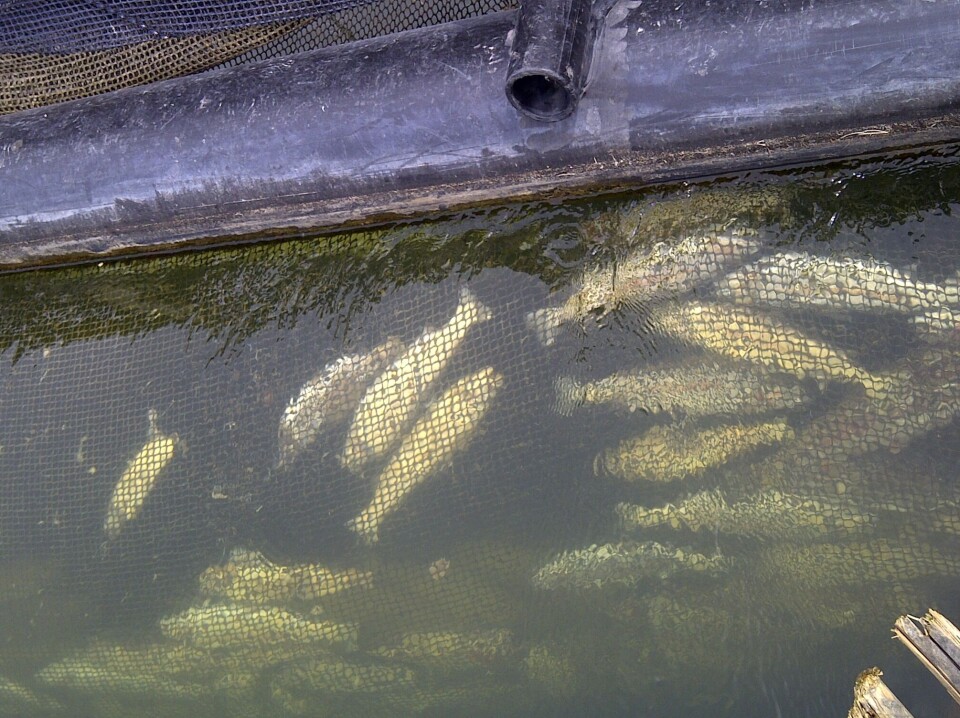
Media misguided on sockeye salmon report
Opinion
“Fish farms targeted in Fraser River sockeye inquiry”, “Report into decline of B.C.'s sockeye fishery critical of salmon farming”, “Report calls for freeze on fish farms off Vancouver Island”, “Freeze new salmon farms on sockeye migration route: Cohen”, Commission presses Ottawa to curb fish farm impact on sockeye”, “Sockeye report critical of B.C. fish farms”- these were just some of the headlines dominating the media reports following the release yesterday of a two year- CAD$26 million (~€ 20 million) report into the disappointing return of sockeye salmon to the Fraser River in 2009. The return was about a million fish- more than all the Atlantic salmon returning to spawn in European rivers in any given year.
But the official prognosis provided by authorities for that year was the return of some 10 million fish- in spite of suggestions by some prominent salmon researchers that there just wasn’t enough food in the ocean around the mouth of the river when those fish went to sea two years earlier. And while the fish farms were suggested as being the main culprit regarding the relative poor return, no credit was given to the same farms when next year- in 2010- a hundred year record run showed up equally unexpectedly- some 35 million fish at best estimate. While salmon farms were operated as usual during this entire period, credit for the huge run was instead given to a volcanic eruption in Alaska.
Reporting by television and radio media was equally quick to bring up the issue of salmon farming, although only ten of the 75 recommendations contained in the report dealt with the issue, and some were quite benign in nature. Former B.C. Supreme Court Judge Bruce Cohen said that while there was no credible scientific information to support the notion that sea lice or other pathogens from salmon farms played a major role in the long-term decline of sockeye salmon in B.C.- a phenomenon also seen in Washington State and Alaska- there could be a risk that Fraser River sockeye salmon could be impacted by such events. Engaging an extreme interpretation of the precautionary principle, Cohen recommended that no increase in farmed salmon in the Discovery Island area- just outside Campbell River- should take place during the next eight years unless government fisheries researchers can provide assurances that any risk of pathogen transfer from farmed to wild salmon is negligible.
Like mainstream media, environmental groups were also quick to jump on the salmon- farming- as- the-main- reason bandwagon, with the likes of the Living Oceans Society paying no attention to the many other issues highlighted by Judge Cohen. Individuals known for their anti-salmon farming stance from the Watershed Watch Salmon Society and the Simon Fraser University had announced their availability to comment on the report well in advance of the release, and most media were all too happy to bring them into the so-called debate. And the New Democratic Party Member of Parliament for New Westminster-Coquitlam- Mr. Fin Donnelly- showed his ignorance of the issues when he talked about “an outbreak of the Infectious Salmon Anemia (ISA) virus in B.C.”- something that the report categorically dismissed based on credible testimony by professional scientists.
But media coverage started to get somewhat more muted on the topic of salmon farming after Stewart Hawthorn and Clare Backman from the B.C. Salmon Farmers Association kept repeating the fact that the industry welcomed the opportunity to do more studies in the Discovery Island area, that their fish are healthy, and that the Judge had provided copious compliments to the industry for keeping a set of detailed records over their fish for many years, and for each farm in the province. Environmental groups are now drooling over the recommendation by Judge Cohen that these records should be more readily available- including to themselves- no doubt in a hunt for more ammunition to be used against the industry.






















































